In 2016, the development of the Internet of Things is getting hotter. According to IDC, a well-known research institution, global IoT revenue will increase from US$2.712 billion in 2015 to US$7.065 billion in 2020, with a compound annual growth rate (CAGR) of 21.11%. At the same time, IDC also predicted that the installed base of IoT devices will increase to 28.1 billion in 2020 at a compound annual growth rate of 17.5%. IoT hardware, software and related services will generate $344 billion in revenue by 2020.
It is expected that the number of IoT devices will exceed the total of PC, tablet and smartphone stocks by 2018. Among them, consumer wearable devices will continue to dominate, for sports and fitness, recreation, smart switches, medical health, remote control, identity authentication, glasses, running shoes, watches, bracelets, rings and other forms of wearable devices. Infiltrate people's lives and bring more convenience.
On December 2nd, the IoT software and hardware platform sub-forum of the 3rd IoT Conference hosted by e-sports enthusiasts was held in the 7th floor conference room on the 3rd floor. From Fang Fangxing CEO Dong Fang, ST Marketing Manager Jane Ye, Cypress Regional Marketing Manager John Liu, Yun Zhiyi Marketing Director Dai Yuqian, Avnet Senior Business Manager Gary Lai, Huawei Haisi Senior Marketing Manager Jin Renzhong, AbleCloud CEO Li Hailei on IoT Security Practices, IoT Cloud Platform Accelerate Hardware Iterative Innovation, NB-IOT Creates New Internet of Everything Opportunities, hot topics such as security challenges and solutions for the IOT platform gave a wonderful presentation.
Fang Fang, CEO, Dong Fang: Qinglian Cloud Internet of Things Strong Security Practice
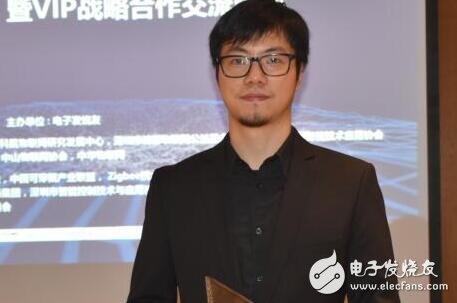
Qinglian Cloud has been working hard for many years in the security of the Internet of Things. The Qinglian Cloud startup team came from 360 companies before, and has done a long time of safe work, and has made solid accumulation in cloud platform and Internet of Things security. Founder Dong Fang was the director of the 360 ​​Cloud Industry Division.
Mr. Dong introduced Garnter's latest report, "Top Ten Technologies to Be Concerned from 2017 to 2018". The number one is the Internet of Things security technology. Mr. Dong believes that different devices and different clients are connected, and security will actually involve a very large scope. With the development of hardware and software, the development of the Internet of Things security field will become one of the hottest areas, and the shortage of related technologies will gradually become prominent.
For the ninth technology mentioned in the Garnter report: the Internet of Things platform, Dong Fang believes that the Internet of Things platform is a cloud-based element. Whether it is a public cloud, a private cloud or a hybrid cloud, it must be connected to the upstream business in the form of a cloud. And downstream equipment.
He clearly pointed out that each family will access 10-20 smart devices in the future. The camera, refrigerator, TV, and door lock in the consumer's home may be unknowingly controlled by hackers. Mr. Dong believes that in the past year, smart hardware has been controlled by hackers, and hackers have participated in some network attacks. What happens to unsafe IOT devices? Mr. Dong shared the case of intelligent hardware being cracked. For example, the smart socket was opened by the Telnet port. The key network protocol of the socket can be controlled by the hacker, which means that the hacker can remotely control the socket; the intelligent hardware is cracked case-communication link, intelligent The wireless link on the light is completely unencrypted and the hacker can remotely control the light. For example, the Mirari botnet network attack event, Qinglian Cloud immediately analyzed the worm and submitted a report to the Ministry of Industry and Information Technology.
ST Marketing Manager Jane Ye: STM32 drives IoT product innovation
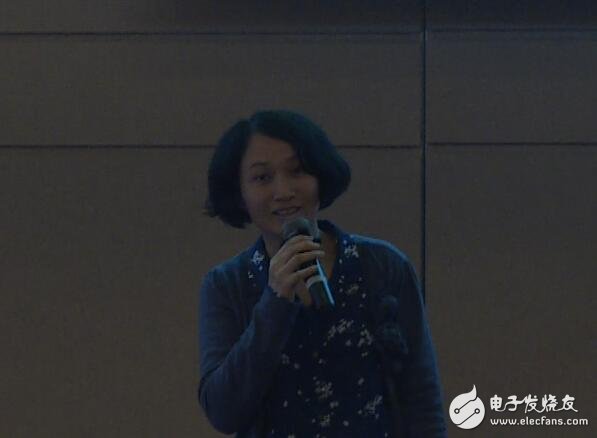
ST Market Manager Jane Ye said that according to IDC's latest report, 7 billion terminal devices connected to the Internet of Things in 2013. It is estimated that 2020-60 billion terminal devices will be connected to the Internet of Things in 2020. It will reach a growth rate of 15%-20% every year.
STMicroelectronics reported in the first quarter of 2016 that its net income was $1.61 billion, a slight increase from the same period last year. These growths are mainly from the two major businesses of automobiles and microcontrollers, where the growth of microcontroller sales is driven by the STM32 product family.
Jane Ye said that the microcontroller STM32 was mainly used in industrial and smart home appliances and communications before 2011. In 2012, IoT customers are more and more, and we also pay attention to this part of customers. Since 2007, STMicroelectronics has launched the first Cortex-M core STM32 MCU. As of December 2015, it has shipped more than 1.5 billion units, and is now moving towards a new milestone at a rate of 20 per second. In 2007, STM32 was ranked 10th in China's MCU when it was launched in China. By the end of 2015, STM32 reached the second place in the microcontroller market. The three characteristics of high performance, low power consumption and high cost performance have won the recognition of customers.
Jane Ye also highlights STM32's support for a wide range of ecosystems. The STM32 platform is constantly adding value and differentiation, in addition to higher computing power, more advanced peripherals, more interoperability and minimizing product power consumption and optimization. In addition to the external dimensions and functional modes, it is important to note that development is much easier, and an open ecosystem is required to ensure better service and more support.
3. Huawei Rensi Senior Marketing Manager Jin Renzhong: NB-IOT creates new opportunities for the Internet of Everything
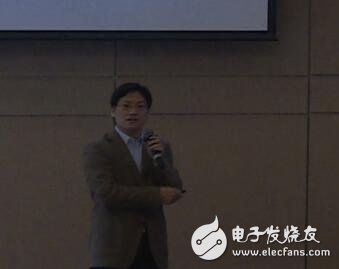
Huawei's senior marketing manager Jin Renzhong quoted STJane Ye's shared data, pointing out that IoT access devices will grow geometrically. IDC predicts that in the next 2020, 26-300 billion terminal devices will access the Internet of Things.
According to Jin Renzhong, Huawei understands the value of the Internet of Things and analyzes the number of users connected to the network. First, companies that generated billions of dollars in the voice era, such as AT&T, evolved into the era of mobile Internet, which created the demand for multiple transmission media for pictures, digital and voice, and carried billions of linked users on the data network. IBM and Microsoft are both $100 billion in market capitalization companies, followed by Apple and Google, with a market capitalization of $700 billion. In the future, the Internet of Things will have more market space, and enterprises will have greater opportunities for development and grow out of trillions of market capitalization.
Faced with massive nodes in the Internet of Things, how to achieve low-cost transmission. How to manage the application of massive devices? Many of the traditional industries are low-growth industries. He is very sensitive to investment. How to achieve compromise and build a profitable growth model? Huawei starts from the network, and we believe that many challenges can be solved through the wide-area Internet of Things. NB-IoT is the first wide-area Internet of Things standard, supported by a large number of equipment vendors, chip vendors, and vertical industry vendors. In 2014, Huawei and Vodafone cooperated. In September 2015, Huawei and Ericsson and Qualcomm cooperated to establish a standards preparation group in the 3GPP organization. The standard was officially frozen in June 2016.
Four characteristics of NB-IoT technology: 1. Wide coverage, NB-IoT has 20dB higher gain than LTE and GPRS base stations, and it is expected to cover areas where underground signals such as underground garages, basements and underground pipes are difficult to reach. 2, large connections. NB-IoT has 50-100 times higher uplink capacity than 2G, 3G, and 4G. In the case of the same base station, NB-IoT can provide 50-100 times more access than existing wireless technologies. 3, low power consumption, NB-IoT introduced eDRX power-saving technology and PSM power-saving mode, further reducing power consumption and extending battery life. 4. Low cost. The cost of the NB-IoT chip is $5. After the future manufacturers plan to mass-produce the chip, there is still room for price reduction.
Huawei will propose a commercial NB-IoT end-to-end solution at the end of 2016, including base stations, core networks, and basic platforms and chips for IOT connection management for customers in need.
Telephone speaker:
Telephone speaker is a kind of speaker unit which is used for multimedia devices. Telephone speakers have very clear voice sound.
Our main Multimedia Speakers are full ranges speakers units:
1) From the diameter: we have speakers in 1" ~ 3".
2) From the power output, we have speakers of 1W ~ 5W.
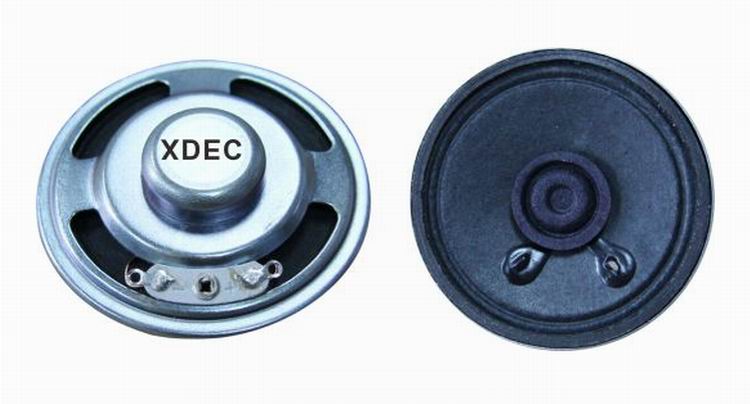
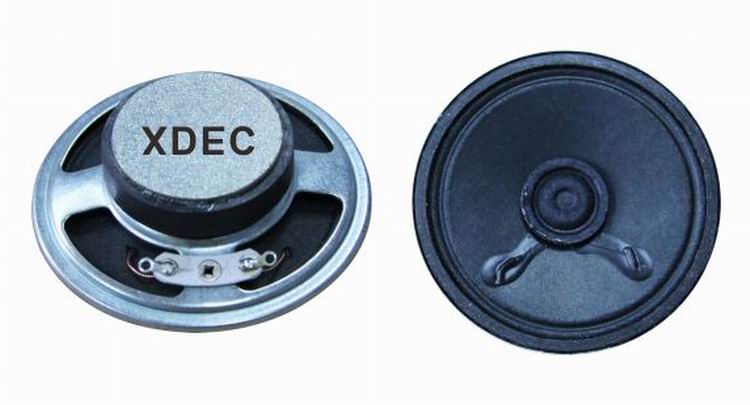
FAQ
Q1. What is the MOQ?
XDEC: 2000pcs for one model.
Q2. What is the delivery lead time?
XDEC: 20 days for normal orders, 15 days for urgent orders.
Q3. What are the payment methods?
XDEC: T/T, PayPal, Western Union, Money Gram.
Q4. Can you offer samples for testing?
XDEC: Yes, we offer free samples.
Q5. How soon can you send samples?
XDEC: We can send samples in 3-5 days.
Telephone Speaker,Paper Cone Speaker,Wireless Telephone Speaker,Phone Speakers
Shenzhen Xuanda Electronics Co., Ltd. , https://www.xdecspeaker.com